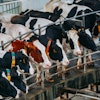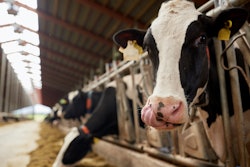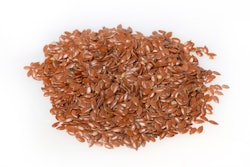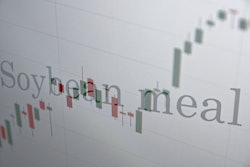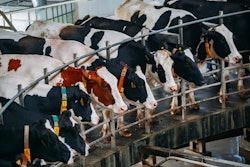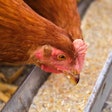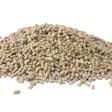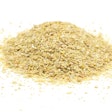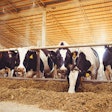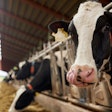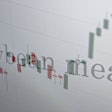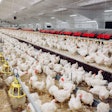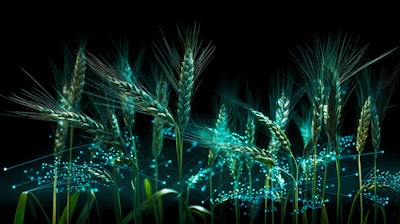
As America's agricultural sector navigates trade uncertainty and shifting market dynamics, the question isn’t just how U.S. agriculture will survive the next harvest, but how the industry will thrive over the next decade.
Technology will be the determining factor, according to agtech expert Arthur Erickson, CEO of Hylio, a provider of crop-spraying drone systems. Erickson sat down with Feed & Grain to share his assessment of where the industry should focus its innovation efforts — and his perspective on the urgent need for transformation.
The need for automation
Erickson said there are many emerging technologies crucial for long-term agricultural resilience, but one ranks at the top of his list.
“The autonomous field ops are an existential necessity to maintain U.S. farming. Period,” Erickson said.
His reasoning comes down to the labor crisis that has long plagued agriculture.
“We are seeing a massive labor problem in the U.S. ag sector only getting worse; there frankly aren't enough people willing — immigrant or otherwise — to run these farm operations,” Erickson said. “If we don't continue automating, by the time this and the next generation age out of it, there may simply not be enough humans left to grow food, and then we'll start seeing price hikes, shortages, etc.”
Erickson views autonomous field operations more as a matter of survival than a productivity enhancement. From precision spray drones to self-operating tractors, autonomous systems could mean the difference between a functioning agricultural sector and one that can’t get crops in the ground.
Better insights with AI and data
While autonomous operations provide the muscle, advanced data analysis and AI provide the brain. Erickson said that digital intelligence is already transforming farm decision-making, though its sophistication varies widely.
“Crop scouting — with drone, satellite or otherwise — before, during, and after the season to measure yield results, presence of pests, nutritional deficiencies or other issues, and effectiveness of treatments throughout the growing cycle gives you better insight into where your spend was effective and where it wasn’t.”
Not all data tools are equal, however.
“NDVI analysis, or generally speaking, stochastic data analysis approaches, are a relatively fast, accessible way for farmers to analyze their crops,” Erickson said. “But getting further into the AI realm, utilizing machine learning (ML) and similar tools to identify individual weeds is more time and compute-intensive, but yields higher fidelity data and therefore more informed and intelligent decisions.”
The financial impact of AI-powered precision farming can be significant.
“We have a customer in New England, for example, utilizing our AgDrones and ML-based Weed ID to eliminate as much as 98% of herbicide input cost,” Erickson said.
For row crop farmers and custom applicators treating corn, soybeans, and wheat, variable-rate applications offer the most immediate return on investment.
“Users can save up to 90%+ in input costs by deploying our AgDrones strategically, driven by data, to only target and treat what is needed versus the ‘shotgun’ broadcast approach,” Erickson said.
Infrastructure to power it all
The third critical technology isn’t a piece of equipment — it’s digital infrastructure.
“Bandwidth has to be sufficient enough for these tools to be practically used or else they won't be adopted,” Erickson said. “If it takes three days to run a cloud-based crop analysis because the internet speed is 5mb, it's not going to be adopted.”
Looking ahead, Erickson identified rural connectivity as an essential policy priority.
“A concerted effort to get high-bandwidth telecom and other data technology out to rural areas will be a huge productivity and efficiency booster,” he said. “It will stabilize supply chains through healthy margins and abundance, but also by allowing for earlier and higher fidelity data — so ultimately, we as a country, know where the food should go and when to a higher degree.”
A new vision for U.S. agriculture
Together, autonomous operations, AI-driven precision systems and rural broadband form the foundation for a smarter, more resilient agricultural economy.
Erickson believes that embracing these tools isn’t just about keeping pace with global competitors — it’s about strengthening local production, improving efficiency and opening new paths to profitability.
By combining automation with data-driven insights and reliable connectivity, the U.S. can build stronger regional food systems that meet growing domestic demand for affordable, sustainably produced food, while boosting margins and reducing input costs.
In the decade ahead, the integration of these technologies could usher in a new era where innovation supports economic growth and environmental stewardship.

